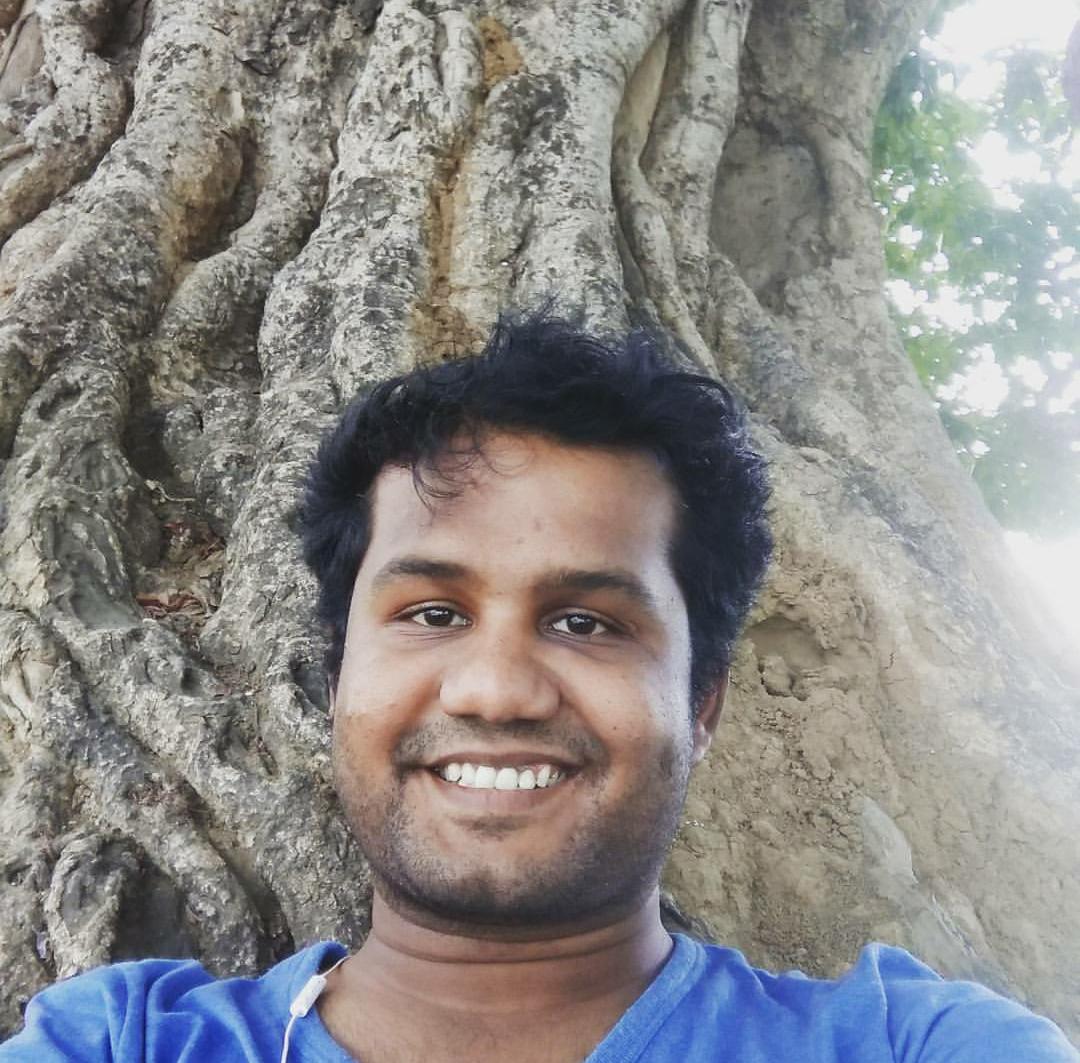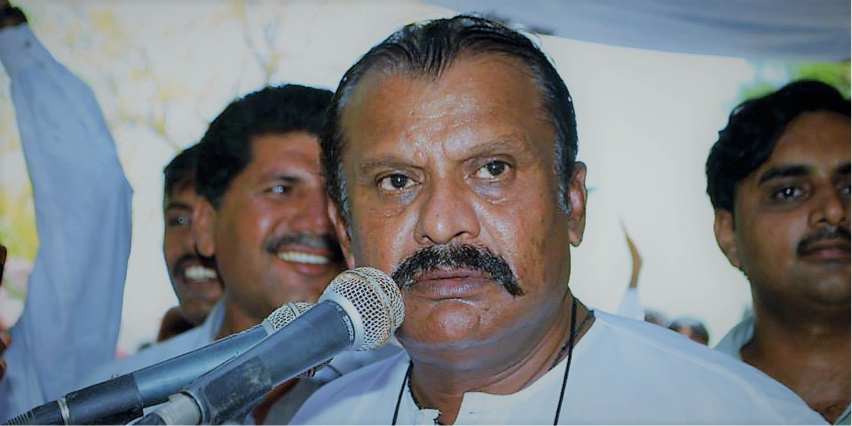Gaurav Somwanshi
 I’ll save the trouble of rhetoric and get straight to the points. Though I’m posting paras and countering them, I’ll keep in mind the context too which the author refers to in his article.
I’ll save the trouble of rhetoric and get straight to the points. Though I’m posting paras and countering them, I’ll keep in mind the context too which the author refers to in his article.
1. Anand Teltumbde: “But when Babasaheb Ambedkar painted the Battle of Bhima Koregaon as the battle of Mahar soldiers against their caste oppression in Peshwa rule, he was creating a pure myth. As myths are required to build movements, he perhaps saw its necessity then. But after a century, when it solidifies into a quasi-history and tends to push Dalits deeper into an identitarian marshland, it should become a worrisome matter.”
The above para is the second one of the article, and the author’s point begins from here. Here, again, two things are not just being twisted but also reversed. First, what could have been seen as the excavation of historical fact from under the debris of brahmin-savarna historians’ handiwork and a heroic rescue of a long suppressed history, is instead being made a matter of “creating pure myth, and quasi-history”.
To do this gymnastic flip, the author depends heavily upon the very history erasing mechanism of the caste empire whose presence he seems to acknowledge, but fails to comprehend.
Second twist, or reversal, is when identity assertion of an oppressed community to counter historical stereotyping (weakling, meek, disabled etc) is seen as something which “reinforces identity”. Now this comes as a surprise from the learned author because the premise of “reverse racism” has been destroyed time and again by brilliant activists across the field fighting multiple battles. To reiterate its fallacy here would be a silly repetition. Further, if indeed one is concerned about strengthening identity boundaries, then allow me to quote Kuffir in that regard, “what does reinforce identities is the propensity to stay on the margins in mainstream spaces.. to implicitly promote manustream politics, discourses, traditions and systems by deliberately seeking only the comfort of the fringe in those spaces, political parties, media and organisations which are overwhelmingly – over 90%, dominated by an elite minority of castes (50 out of 5000-6000 jatis in india) – and claiming that you practice identity-less or ‘caste-less revolutionary’ politics”.
Additionally, as pointed out by Rahul Bansode, Adv. Balasaheb Ambedkar himself stated that Bhima Koregaon tourists saw multiple and varied castes from across the country visiting the place. In light of this, Anand Teltumbde’s observation that Dalits are being pushed into deeper “identararian marshland” seems to fly in the face of observed reality.
2. Anand Teltumbde: “As regards history, it is a fact that when the East India Company developed its military aspirations, it recruited Dalits in disproportionately large numbers, perhaps for their unflinching loyalty and faithfulness and also because they were cheaply available. One finds disproportionate numbers of the Namshudras in Bengal, the Parayas in Madras and the Mahars in Maharashtra in its army. If the Dalits wanted to claim significant contribution to the establishment of the British Raj in India, it may not be as such incorrect.”
To counter this claim I’ll put forth Kuffir’s post, I think that is enough :
“…the british employed mahar soldiers because they came ‘cheap’? this is such a reductive interpretation of the whole situation.. the reality was that the british, the french and other european colonialists were the only ones who paid regular wages to their troops, european and indian.. the stark contrast between the conditions of work and remuneration between those employed by the european colonialists and the indian rulers was vivdly portrayed in nirad chaudhuri’s ‘clive of india’.. for the first time, the troops were given uniforms, regular rations and a certain level of training.. so it is not just the mahars, but also the marathas, the jats, the rajputs, the sikhs, the pathans and brahmins and several ‘higher castes’ who gradually, enthusiastically, joined the british in large numbers.. and they all came ‘cheap’..this is how the british and other europeans were able to vanquish native armies which were much larger than theirs.. what does this all mean? it means that the europeans brought in a new way of organising resources and society at large, above all..the obverse of this was that they also brought in more efficient and optimal ways of extracting loot, but this was informed by the mercantilist realisation that there can be no free lunches in the world of free markets that they were seeking…”
He further points out the ahistorical nature of portraying the Mahar enrolment in the British forces as a kind of accident, denying the Mahars even minimal political agency:
“..why did the british stop employing mahars in later decades, and after half a century completely disband the mahar regiment? because the mahars had become ‘expensive’? and the higher castes like brahmins, rajputs, jats etc had become ‘cheap’? it was not just the mahar regiment which was disbanded but all the south indian castes, including the upper castes, which were among the first to join the british forces and actually helped in building its strength and expanding its influence until plassey, were also branded as not belonging to ‘martial races’.. how can that be explained? the linear reading of history by the marxists in india is so unenlightening.. it fails to recognise the changing political scenario across india in the 18th-19th centuries.. that various caste groups across the sub-continent were consciously making political choices.. and the british themselves were actively choosing new partners. and as they moved from a mercantilist role to an active imperialist stance, they started co-opting a new category of collaborators.. the legend of sidhnak tells us that the mahars suffering under the peshwa regime were also making their own choices.. you could dismiss sidhnak also as a myth, but how many stories and memories among the mahar families whose ancestors were associated with the war against the peshwas can you keep dismissing? remember, it was not babasaheb who discovered bhima koregaon and created a ‘myth’ around it.. the memory already existed among the mahars who were already making their own efforts to remember it every year..”
3. Anand Teltumbde: “Caste, until after the late 19th century when there was a substantial spread of education among the Dalits, has been the life-world of people. They took caste as a natural order and their oppression as the fate that they had to meekly endure. Therefore, there was no question of any resistance to caste, leave apart physical war against them. “
Here, what the author repeatedly reinforces are the very myths upon which this caste society stands. That everyone in the historical caste order was meekly obedient, that any trace of rebellion or revolution was impossible and must not be trusted. But a cursory reading of history will show multiple revolts coming from different places which did shake up the status quo even if eventually they were appropriated. Everything from Sikhism to multiple saints of Maharashtra to Lingayat religion show evidences. If they weren’t documented by the very historians who were the oppressors, can that be construed as an evidence for their non-existence? Did Babasaheb conjure the history out of thin air or did he gave credence and attention to already existing folk/oral lores present around him? If anything is reinforced here through the article in ‘The Wire’ it is the upper caste dominated “history” whose very myth is what Babasaheb sought to burst by bringing out suppressed facts.
Also, the author places a patronising tone upon Babasaheb and claims that Babasaheb might have felt it necessary to lift up the spirits of his people by gifting myths. But was it the case or was it reverse? That what was being gifted was the very truth. Because would it make sense to base the foundations of a revolt upon something which could have been so easily proven to be false? Of course not. Babasaheb looked at his own people with a sense of dignity and did not patronise them. He trusted them to tell the world that a battle was fought here against the historical oppressors, and they were defeated. Just because something sounds too good to be true doesn’t make it a myth.
~~~
Gaurav Somwanshi is a Consultant in the public sector, IIM Lucknow alumnus, Blockchain Technology enthusiast, independent social activist, and researcher.










